The letter does not call for investment or tax cuts, but rather a bold proposal: making it mandatory to teach artificial intelligence (AI) and computer science to high school students.
The open letter is more than just a call for education reform. It is an urgent, alarming signal that America is at risk of losing its global technological foothold—a stark warning about falling behind China in the race to shape the future of the world.
Because just a few weeks earlier, China had announced that starting in the 2025–2026 school year, all first-graders would be required to learn at least eight hours of AI each year. And that was just the tip of the strategic iceberg.
Why is AI education at the heart of the superpower race?
First, AI is the core technology of the 21st century. Not just a tool, AI has become the “intelligent infrastructure” for every industry: healthcare, manufacturing, transportation, finance, education, defense and cybersecurity. According to PwC’s forecast, by 2030, AI will contribute $15.7 trillion to the global economy – with China accounting for $7 trillion, nearly double North America’s $3.7 trillion. Behind those numbers is a shift in the global balance of power.
Second, AI creates not only technological advantages, but also geopolitical power. The country that masters AI will have the upper hand in information warfare, autonomous weapons, intelligence data analysis, and control of global information flows. Integrating AI into military infrastructure, surveillance systems, and smart supply chains is the lever to shape the new world order.
Third, training AI talent cannot happen overnight. It will take decades to build a generation of engineers, algorithm designers, and policymakers with a deep understanding of AI. Starting in high school—or even elementary school—is a step that cannot be delayed if you want to seize the lead.
China Goes Ahead: From National Strategy to Classroom Reform
Since 2017, Beijing has announced a national AI strategy with a clear goal: to become the world's AI center by 2030. The plan includes not only tens of billions of dollars in financial support for research and businesses, but also a radical reform of education.
First, China has introduced AI into education early and systematically. At the primary level, students are exposed to logical thinking programming; at the secondary level, they learn to apply AI to projects; at the high school level, they focus on innovation and practice. Not just teaching theory, the programs are integrated with practice through creative projects, real-life applications - from chatbots, facial recognition to smart agricultural management.
Second, China invests in infrastructure and supporting technology. AI labs, high-tech education centers, and digital learning platforms are being developed synchronously. AI assistants are used in the classroom to personalize learning, giving students a deeper experience.
Third, the government-enterprise-academy linkage is widely implemented. Big players such as Baidu, Alibaba, Tencent not only provide free software, but also organize national innovation events. Peking University and Tsinghua University join hands with the Ministry of Education to design multi-level training programs.
According to research by the Brookings Institution, by 2035, about 70% of jobs in the US will require an understanding of AI or advanced digital skills.
America is slow: Gaps in education policy and infrastructure
Despite having some of the world's leading AI companies - from Google to Microsoft to NVIDIA - the US education system is lagging behind:
Only 12 states require high school graduates to take computer science.
Only 6.4% of high school students take classes related to information technology or AI.
Most schools in rural, low-income areas lack appropriate equipment, teachers, and curriculum.
The US education model is fragmented across states, lacking a federal strategy for AI in education. China, on the other hand, operates in a “total force” manner: from central to local, from policy to budget, from curriculum to teacher training.
When AI education is a strategic investment, not just a reform
First, AI is the “new language” of the world of work. According to research from the Brookings Institution, by 2035, about 70% of jobs in the US will require an understanding of AI or advanced digital skills. Students with an AI background will not only be better placed to find jobs, but will also play a central role in the new knowledge economy.
Second, AI education can reduce inequality. Statistics show that students who study computer science earn 8% more – with a particularly positive impact for students of color, ethnic minorities, and those living in remote areas. However, if not widely available soon, AI education could increase inequality by only providing access to the wealthy.
Third, countries that act early will lead global innovation. Chinese students are participating in international AI competitions, publishing research, and applying technology in community projects from a very early age. This is a sign that China is cultivating a talent ecosystem from the ground up, rather than relying solely on universities.
A wake-up call from the letter of 250 CEOs
The 2025 Open Letter marks a turning point. When CEOs speak out not to demand preferential treatment for businesses, but to demand technological equity for students, it proves that the AI race is no longer an adult game—it is a battle for the future.
The letter emphasizes three points:
AI and computer science should be considered a graduation requirement, like math and literature.
There must be federal investment to upgrade digital infrastructure for schools nationwide.
Businesses are ready to partner with education – but governments need to create coordination mechanisms.
It is no coincidence that Jeff Weiner, former CEO of LinkedIn, called this “the delayed education revolution”, and Satya Nadella, CEO of Microsoft, called AI “the new electricity of the digital age”.
Thus, the race between the US and China on AI is no longer limited to the research lab or the corporate market - it has entered the classroom, where the people of the future are being shaped. China is gradually building a new education system suitable for the AI era. The US, despite its superior technological prowess, is facing barriers in policy, infrastructure and slow reform.
Not standing outside, Vietnam has taken the first steps.
In Vietnam, the AI education ecosystem is still new, but there are already pioneers. One of them is FPT - which has started the journey of bringing artificial intelligence into the general education program since 2024.
Through the SMART program - Experiencing the smart world, students at FPT Schools from grade 1 have been introduced to AI in a visual and practical form. The learning contents include: Image and voice recognition (primary school); Machine learning programming, data analysis (secondary school) and AI model research in robotics, solving practical problems (high school).
Notably, FPT is the first unit in Vietnam to deploy the Day of AI Vietnam program - developed from MIT's copyrighted content, then re-edited to suit the culture and age of Vietnamese students.
In a world where AI is increasingly embedded in every sector – from education and healthcare to media and finance – it is not enough to teach children how to use technology. They need to be equipped with critical thinking, self-learning and ethical use of technology.
At FPT Schools, teachers not only teach students “how to ask AI”, but also “when not to ask”. Exercises are designed to prevent students from copying from chatbots, and to enhance their ability to explain, present and solve problems on their own.
In parallel, teachers are also trained to use AI as a supporting teaching tool – helping to optimize classroom effectiveness instead of being overwhelmed by technology.
In a short time, many Vietnamese students – including FPT students – have achieved impressive results in international competitions on AI and Robotics. But more important than the awards, is the habit of thinking about technology, the ability to communicate with machines and understand the limits of AI that is gradually taking shape.
It's time for every parent to ask themselves: Is my child ready for the AI era?
Education cannot stay behind technology. Today’s children will enter a world where AI is as natural as electricity and the internet. It is not about preparing them to win an international race, but to not fall behind in their own backyard.
Instead of asking, “Should I let my child learn AI?”, perhaps the question should be, “If not now – when?”
According to Vietnamnet


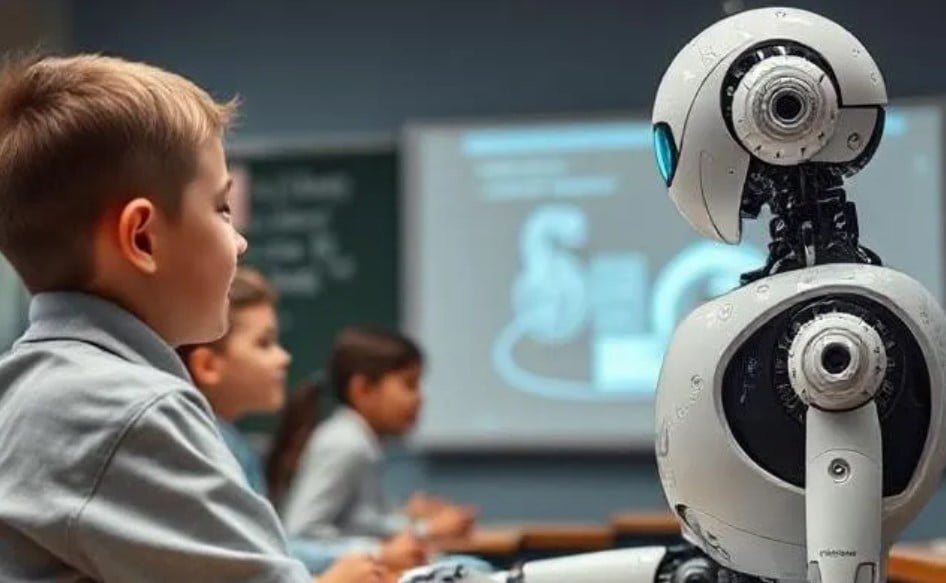
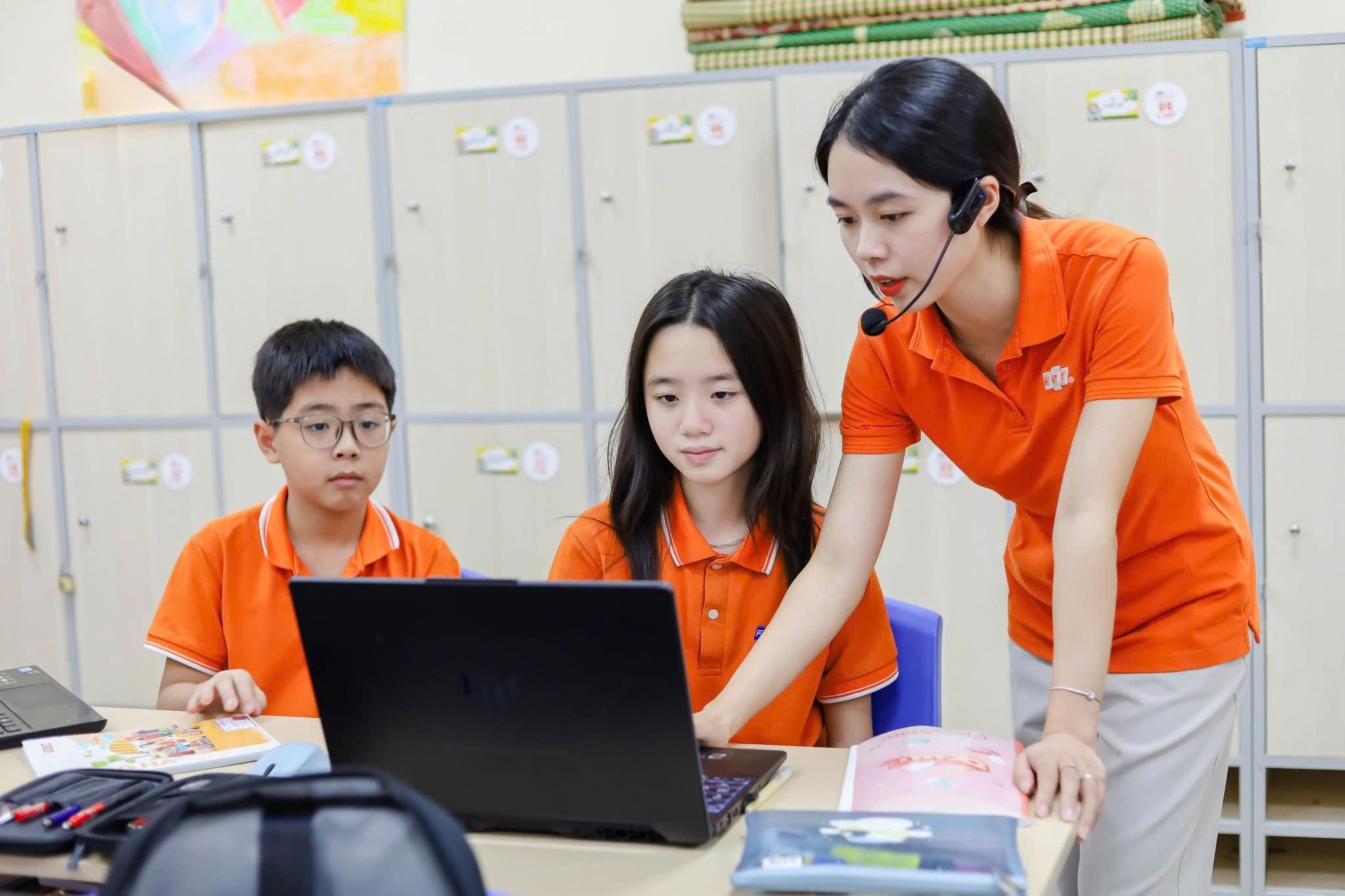
![[Photo] National Assembly Chairman Tran Thanh Man attends the VinFuture 2025 Award Ceremony](/_next/image?url=https%3A%2F%2Fvphoto.vietnam.vn%2Fthumb%2F1200x675%2Fvietnam%2Fresource%2FIMAGE%2F2025%2F12%2F05%2F1764951162416_2628509768338816493-6995-jpg.webp&w=3840&q=75)




![[Photo] 60th Anniversary of the Founding of the Vietnam Association of Photographic Artists](/_next/image?url=https%3A%2F%2Fvphoto.vietnam.vn%2Fthumb%2F1200x675%2Fvietnam%2Fresource%2FIMAGE%2F2025%2F12%2F05%2F1764935864512_a1-bnd-0841-9740-jpg.webp&w=3840&q=75)


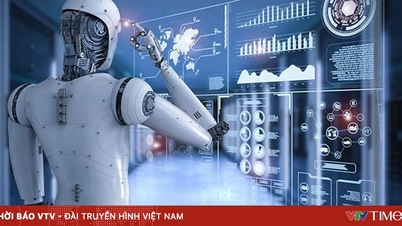

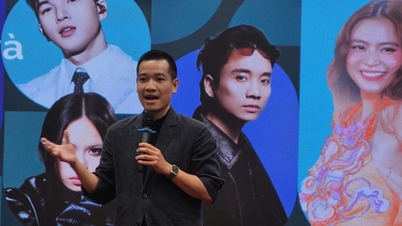









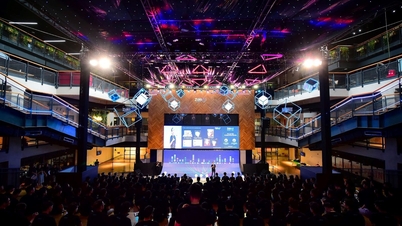

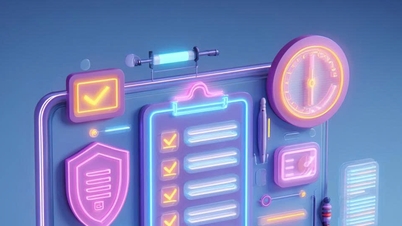
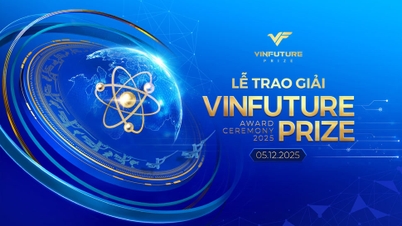

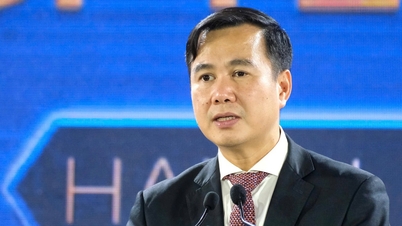
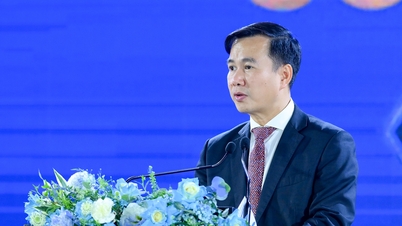




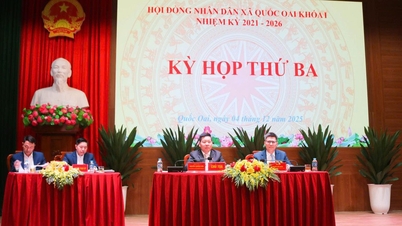

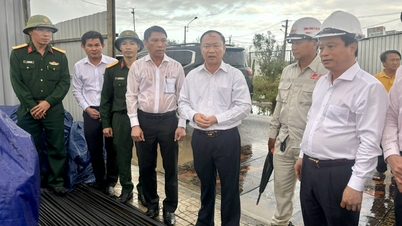

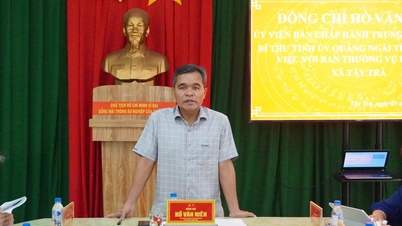
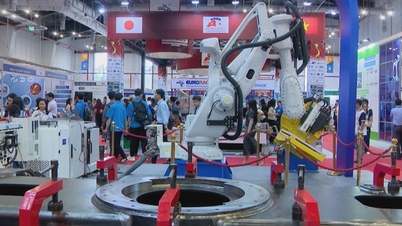














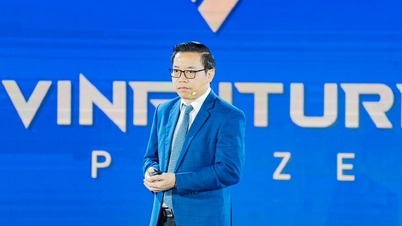
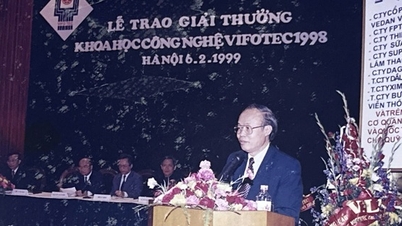

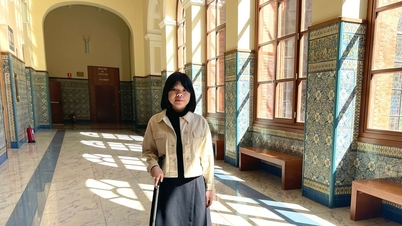



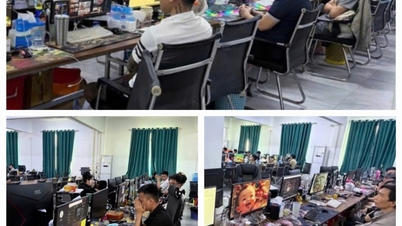
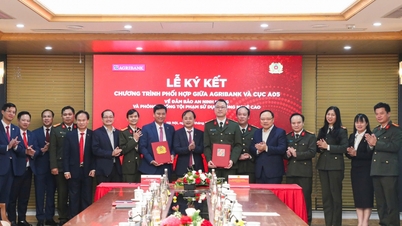


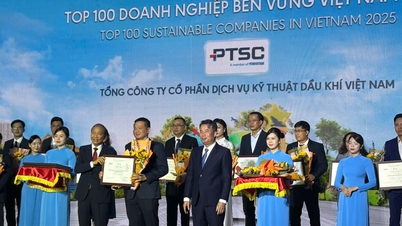







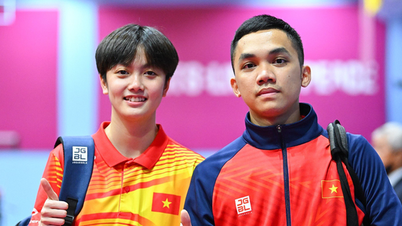


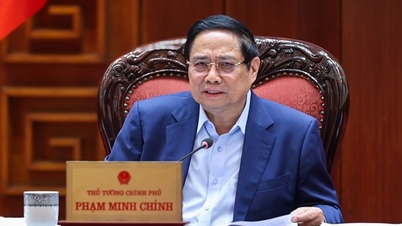
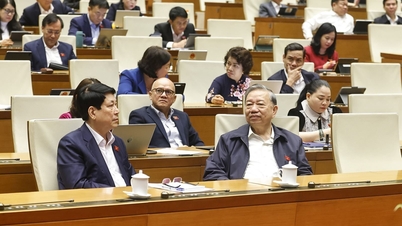
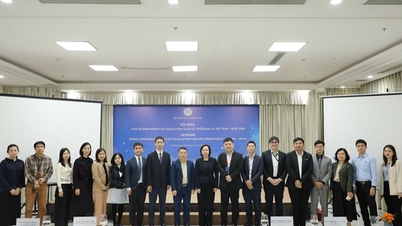
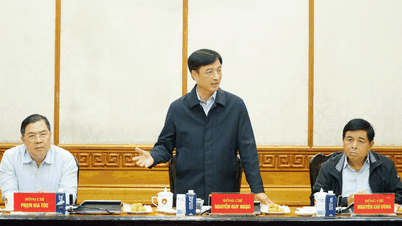

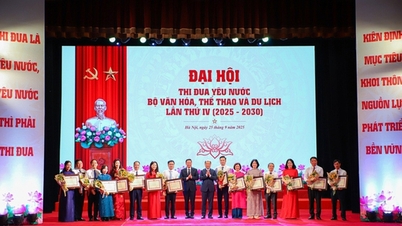

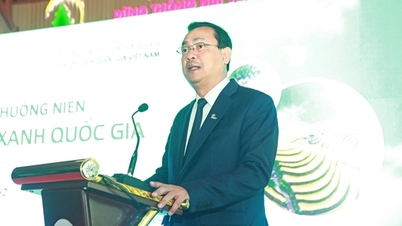

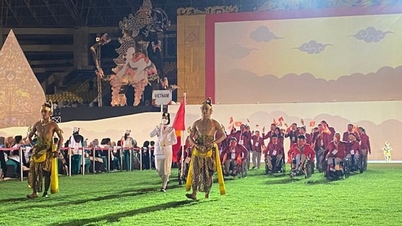





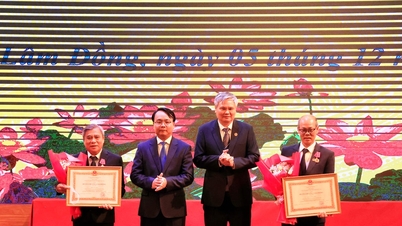


















Comment (0)